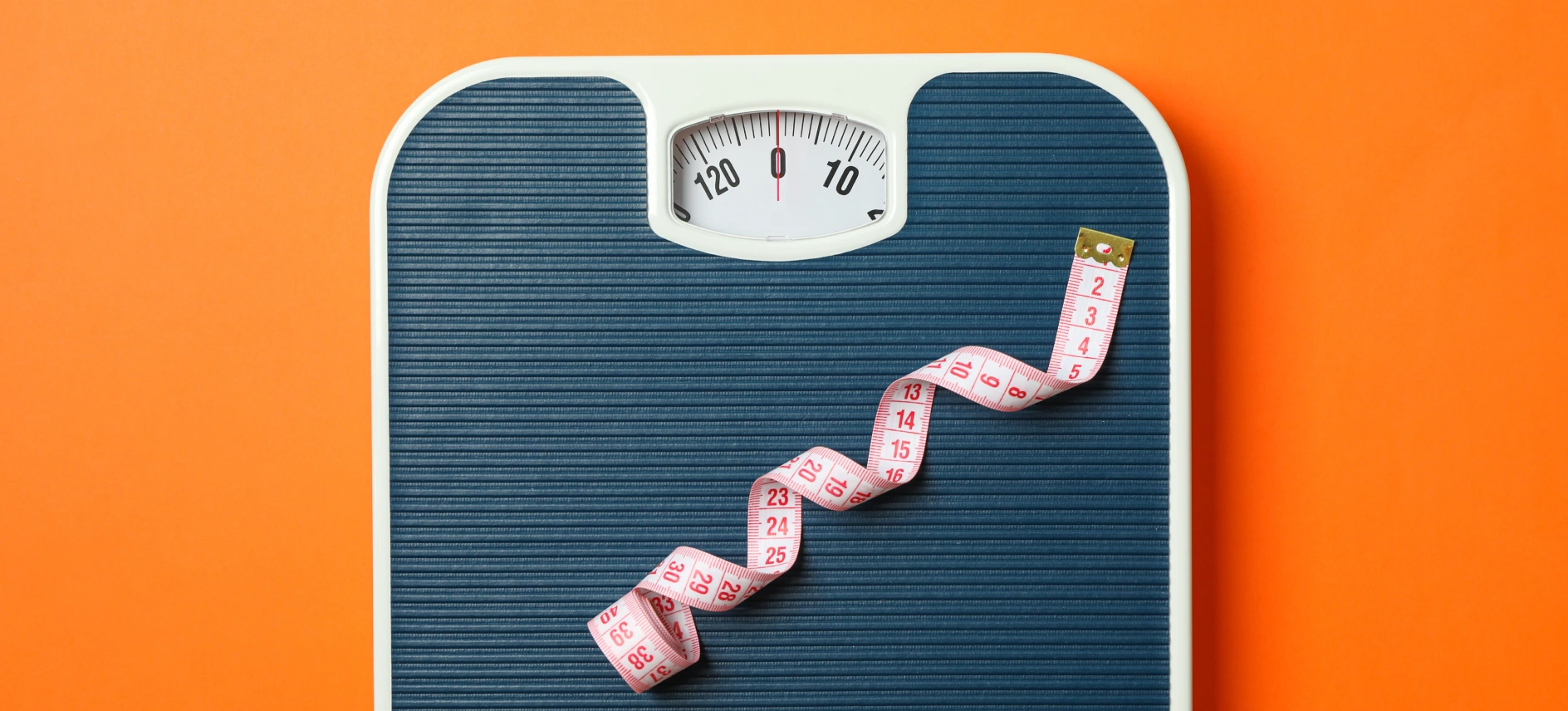Back to News & Stories
Curious About These Popular Weight Loss and Diabetes Medications? Here are Top Questions About GLP-1 Agonists Answered

GLP-1 agonists are changing the way we manage blood sugar and weight. These medications work like natural hormones in your body, helping with insulin release, digestion, and appetite control. But with so many new options, including dual and triple agonists, it’s normal to have questions about how they work and whether they’re right for you.
We asked Dr. Brad Lipson, a board-certified family medicine doctor, to answer some of the most common questions patients have about GLP-1 agonists.

What are GLP-1 agonists?
GLP-1 agonists are medications that help manage blood sugar and can help with weight loss. They act like a natural hormone in your body called glucagon-like peptide-1 (GLP-1) to help release insulin and lower the level of glucagon, a hormone that raises blood sugar. They also slow down digestion to make you feel full for longer and may even reduce appetite in the brain.
GLP-1 agonists are often used to target the root cause of metabolic syndrome, a group of health issues that includes high blood sugar, high blood pressure, extra belly fat, and unhealthy cholesterol levels.

How are GLP-1 agonists different from other diabetes medications like insulin?
While both insulin and GLP-1 agonists help lower blood sugar, they work in different ways. Insulin directly moves sugar from your blood into your cells. GLP-1 agonists work more indirectly. They help your body produce more insulin when needed, and lower blood sugar levels. They also slow down how fast food leaves the stomach, helping you feel full longer. Because of how they work, GLP-1 agonists are less likely to cause low blood sugar and can often help with weight loss, something that insulin doesn’t typically do.

Can GLP-1 agonists help with weight loss?
Yes, these types of medications could be helpful for weight loss, as long as a patient doesn’t have preexisting conditions like severe kidney disease or pancreatitis that prevent them from taking a GLP-1 medication. On average, people using GLP-1 medications for weight loss could lose 15-20% of their body weight over three months. Of course it depends on the person and the dose that they’re taking.

Do I need to have type 2 diabetes to take a GLP-1 agonist?
No, you do not necessarily need to have type 2 diabetes to be prescribed a GLP-1 agonist. While initially developed for diabetes management, some GLP-1 agonists are also approved for chronic weight management in individuals with obesity or overweight with weight-related health conditions, even if you don’t have diabetes.
For example, tirzepatide, a dual GLP-1 and GIP agonist, is FDA-approved under the brand name Zepbound specifically for chronic weight management in adults with obesity or overweight and at least one weight-related condition.

How long does it take for GLP-1 agonists to work?
Patients usually notice their appetite getting smaller within a few weeks. Their blood sugar and A1c test, which measures average blood sugar levels, could show results in as little as two weeks to three months. It might take longer, about three to six months, to start seeing improvements in heart and kidney health.

How do you take GLP-1 agonists?
There is an FDA-approved pill option, oral semaglutide, but most GLP-1 agonists are stored in pre-filled, pre-measured devices called autoinjectors. Even if people are afraid of needles, the autoinjector is quite easy to manage. You just push the button, and you never see the needle.

If I take an injection, how do I handle that when I’m on-the-go?
Injections usually need to be refrigerated, so one option is carrying an insulated bag with a cold pack to keep everything at the right temperature, you can also keep all your other supplies in there: the autoinjector, alcohol swabs, and a sharps container.
If you are traveling, you can even delay the dose of a weekly injection like tirzepatide if needed as long as doses are taken three days apart. Even though you're usually supposed to take a dose every seven days, there's a window for flexibility because the medication builds up a steady state over time in the body. Of course, you’ll need to ask your doctor or pharmacist.

How common are the side effects like nausea, constipation, and diarrhea?
Generally, these side effects are manageable and tend to go away after a while once the body adjusts to the medicine. People usually feel full more quickly, so if they have a buffet and overdo it, they may get nauseous. Being on the medication requires some adjustments like not overeating, having smaller meals, more often. Also, it’s a good idea to start on a low dose of the medicine and increase it gradually.

Are there different types of GLP-1 agonists?
Yes, there are different types of GLP-1 agonists, including newer medications called dual and triple agonists that work by targeting more than one hormone. A dual agonist works on two hormones, like GLP-1 and GIP, to control blood sugar and help with weight loss. A triple agonist works on three hormones, including GLP-1, GIP, and glucagon, to improve blood sugar control, help with weight loss, burn fat, and give you more energy.

Which is the "best" type of agonist?
There is no universal “best” option. The best option may be different for everyone based on their health needs, personal goals, other medical conditions, insurance coverage, and ability to handle different medications. Your physician will be able to recommend the right option for you.
CONTRIBUTING EXPERTS

Brad Lipson, DO
Dr. Lipson is a board-certified Family Physician with 20 years of clinical experience. He serves as a Principal Investigator at various clinical research sites affiliated with Care Access, dedicated to advancing medical treatments in areas such as obesity and diabetes.
DISCLAIMER
The information provided on Care Access is intended for informational purposes only and should not be considered as a substitute for professional medical advice, diagnosis, or treatment. Always seek the advice of your physician or other qualified healthcare provider with any questions you may have regarding a medical condition. Our products and content are not intended to diagnose, treat, cure, or prevent any disease.
